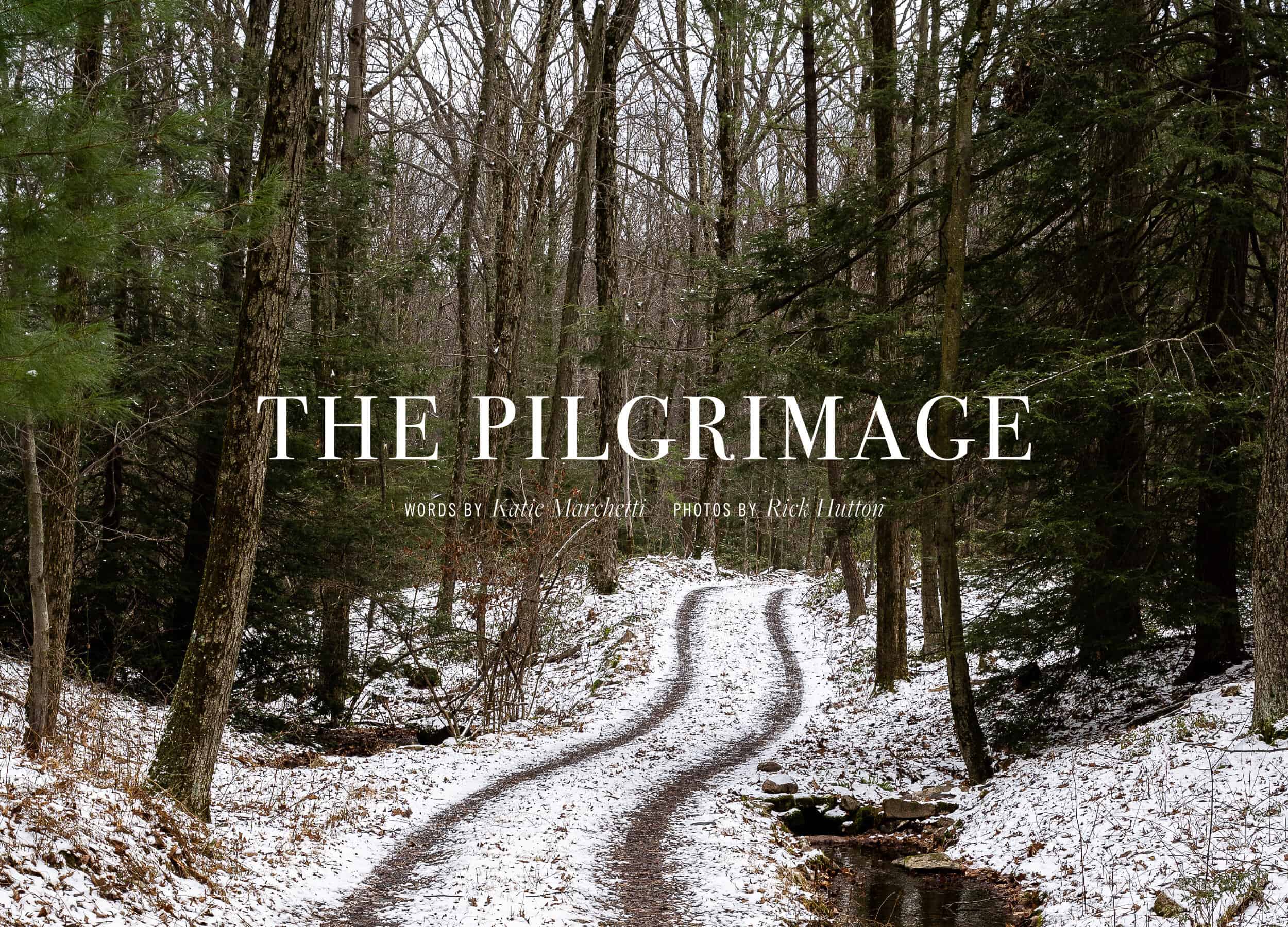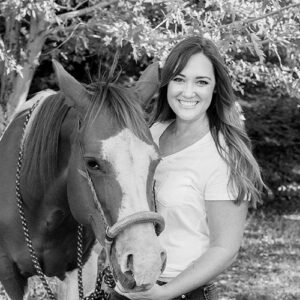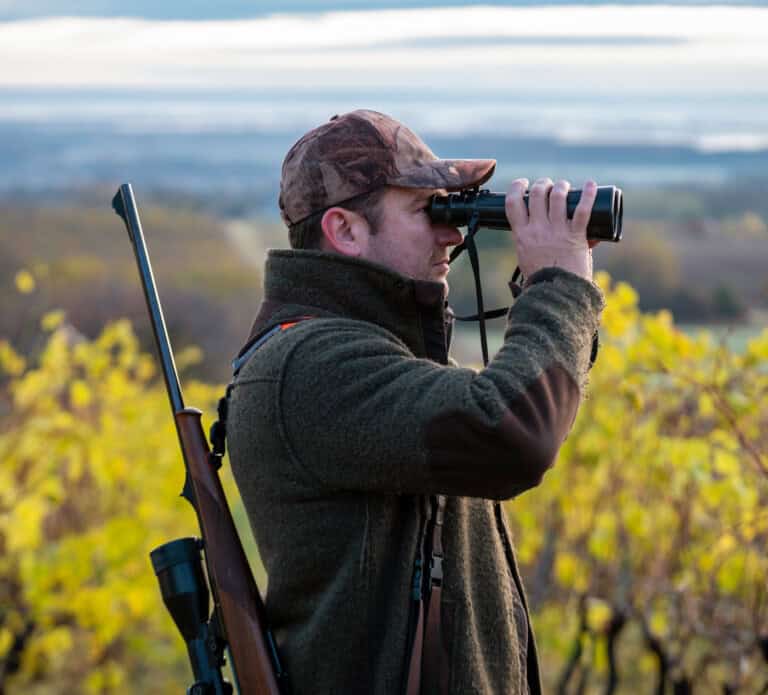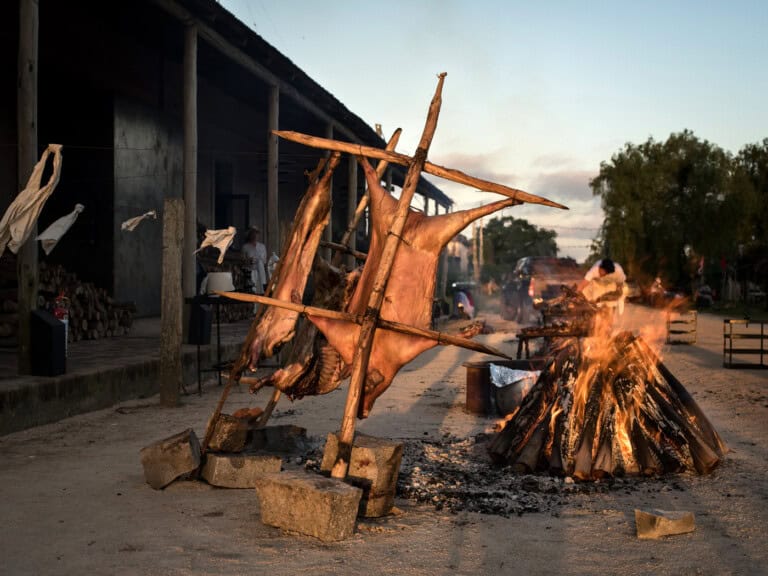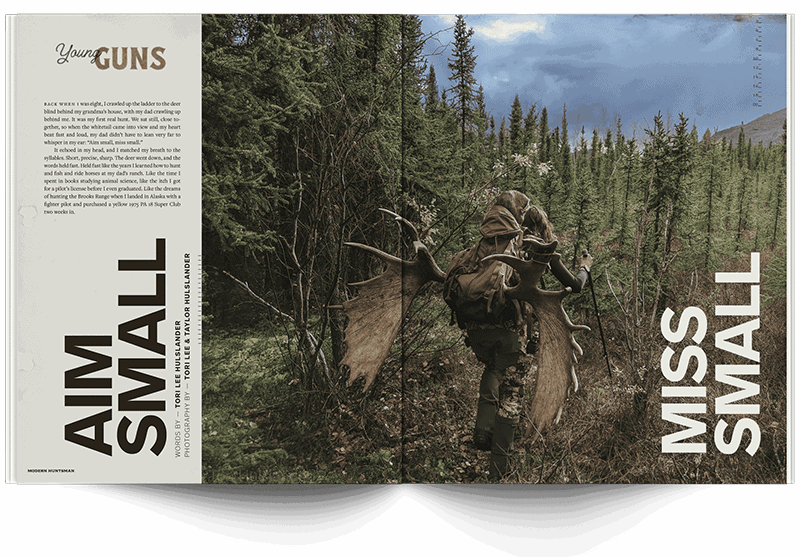PENNSYLVANIA | CAMP NO. 7-C-38
At the turn of the 20th century, the northern tier of the state of Pennsylvania was clear-cut by loggers. When the logging industry moved west, huge swaths of acreage were left devoid of industry and wild game. The state Bureau of Forestry purchased the land in an effort to reforest what had become known as the “Pennsylvania Desert.”
The Commonwealth of Pennsylvania began establishing national forests, spearheading conservation, and the concept of public land use. Land was being set aside to be enjoyed by the public, and by 1913, land could even be leased. Pick a spot and apply, the legislature said. A privately-owned quarter-acre lot of public land could be yours with a 99-year lease, where you could build a camp for generations to enjoy.
In 1918, soldiers returned home to a changed world. Beneath the foreign weight of civilian life, surrounded by family and friends, in suits instead of combat boots, they found their reprieve from the Great War in the camaraderie of men at arms. When hunting season dawned, they shouldered rifles once again and stepped off the grid — a pilgrimage to cabins leased on public land, or family-owned pieces of northern Pennsylvania woods.
Hunting deer and bears in the remote forest offered a reprieve from the memories of overseas, and collars of routine back-breaking work, and families to feed in Pennsylvania’s southern cities.
In their absence, clear-cut acres had flourished into an early successional habitat. A young forest with browse, food, cover, low predation, and minimal hunting pressure caused the deer herd to explode. But the depression of the 1930s swept many northern farms to state-owned public land, and World War ll would again take hunters overseas.
President Franklin D. Roosevelt stepped onto the scene with his able-bodied institution
